Topics:
Never Miss a Beat - Get Updates Direct to Your Inbox
FILTER:


How to Generate Recurring Revenue in Your Online Business
By Quiet Light
Recurring revenue is a prized pursuit for many entrepreneurs. The ability to consistently earn profit from the same customers—month-after-month, year-after-year—is both emotionally appealing and highly practical from a business standpoint.
For some owners, recurring revenue businesses are the gold standard when it comes to growing, managing, and valuing internet-based companies. While not every business can take advantage of recurring revenue opportunities, there are a wide range of strategies that can be applied in numerous industries and among a wide breadth of companies.


How a recurring revenue model works
In order to understand how recurring revenue models work, it’s important to start with the most basic question: what is a recurring revenue model?
A recurring revenue model is a business model in which a company delivers a product or service to its customers each period (e.g. each month), in return for recurring payments from its customers.
Buy a Profitable Online Business
Outsmart the startup game and check out our listings. You can request a summary on any business without any further obligation.
In other words, a business that uses a recurring revenue business model sells products or services to the same customers in a consistent manner over an extended period of time.
The length of time for each payment period can vary from business to business. Of course, the length of the payment period directly correlates with how often revenue is received. The most common types of revenue for such businesses are:
- Annual revenue.
- Quarterly revenue.
- Monthly revenue.
Recurring Billing
Some companies charge one annual fee for the delivery of a product or service for the entire year. The size or value of the product or service being sold isn’t necessarily correlated with the length of the payment period. For example, a company may charge $15,000 for an annual B2B software subscription or as little as 99 cents for a B2C domain registration (on the extreme low end).
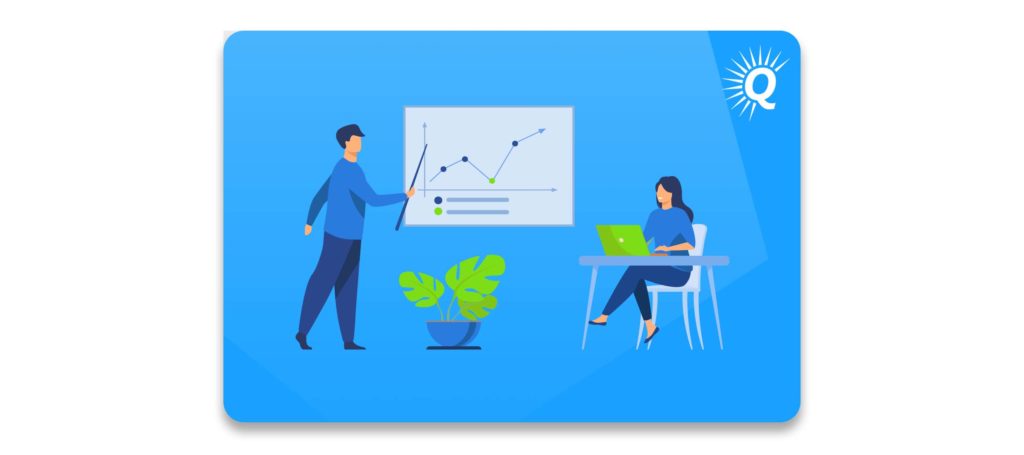

Products or services that are delivered and charged for on a quarterly basis provide recurring income every three months. Software and eCommerce are two examples of businesses that commonly collect revenue from customers on a quarterly basis.
Monthly Billing
Monthly recurring revenue is the most common as well as most desirable for most businesses.
First, monthly recurring revenue provides the most frequent influx of cash flow, which many owners appreciate. This can be especially important for small businesses that don’t have a lot of capital during the early stages.
Additionally, recurring billing that takes place on a monthly basis provides businesses with nearly immediate, real-time data about market demand. If you’re an owner and implement a new change in your product or service, the effect of that change will likely be quickly visible through your customers’ response.
If you immediately notice an increase in cancellations following a significant product pivot, that’s a pretty clear indication that your customers aren’t in favor of what you’re doing. Of course, knowing your customers is crucial to providing the right offers, and a monthly subscription business model gives you invaluable data to make the right choices.
Pros and cons of recurring revenue models
While there are numerous benefits to owning a business with a recurring revenue model, there are also some downsides. Below, we’ll explore both, starting with the benefits.
Some of the core benefits of owning a business with a recurring revenue model include:
- Higher lifetime customer value.
- Revenue is more reliable and consistent
- Businesses require lower monthly sales goals to maintain or grow revenue.
- Nearly immediate customer feedback.
- Higher valuation multiples.
Higher Lifetime Customer Value
With a proven recurring revenue model, businesses can feel confident that each customer will stick around and continue delivering revenue over an extended period of time. In other words, the lifetime value of a single customer can be enormous.
Having customers that are worth a significant amount over their lifetime has several advantages. First, it allows you to spend more money to acquire those customers since you know that they’ll (on average) generate a positive ROI over their lifetime.
For example, if you run a SaaS company and each of your customers produces an average of $20,000 over their lifetime, it’s not difficult to invest several thousand dollars to acquire that customer. This allows recurring revenue companies to invest in marketing efforts that other businesses simply can’t afford because their customers don’t deliver the same value over their lifetime.
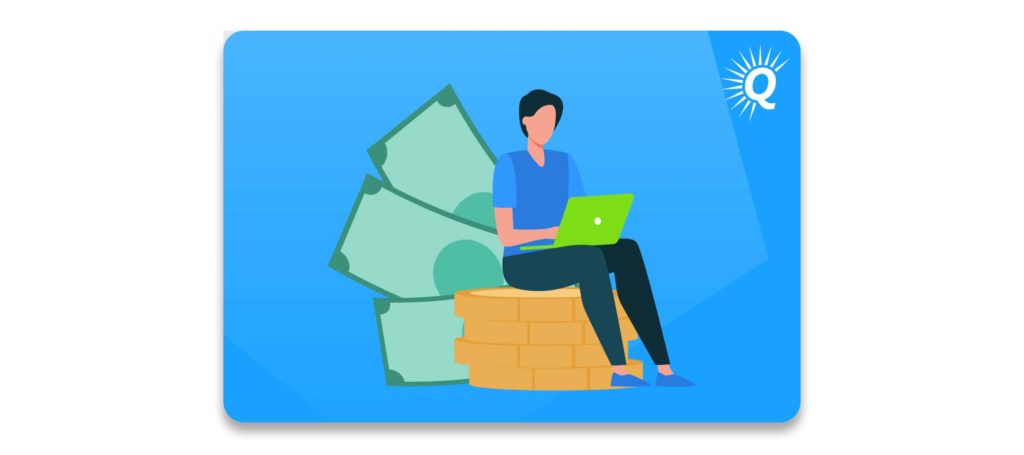


Generating Reliable and Consistent Revenue
Having a higher lifetime customer value also feeds into another core advantage: reliable and consistent revenue.
When you have subscription customers who consistently pay for your products or services each month, it provides a sense of stability that many other businesses can’t experience. Of course, there are a lot of things you need to get right in order to retain your customers (more on this below), but with a proven subscription model, the odds are in your favor that you’ll have repeat customers each and every month.
Having stable revenue is valuable for many reasons. Not only does it provide some peace of mind for owners, but it also makes financial forecasting easier and more reliable. This allows owners to invest more heavily in product development, marketing, and other growth efforts without fearing that the revenue stream will suddenly dry up.
The previous point about stable revenue feeds perfectly into the next core benefit: businesses with a recurring revenue model don’t need to acquire as many customers each month in order to maintain or grow their monthly income.
If you own an Amazon business that relies on product search rankings and paid ads for 95% of your sales, then you constantly need to attract brand new customers each month in order to maintain or grow your brand. If something happens to your primary traffic source and your influx of new customers drops from 10,000 a month down to 3,000 a month, you might be facing a 70% loss in revenue over night.


On the other hand, if you have 10,000 customers on subscription billing and you retain 95% of them each month, you only need to acquire 500 new monthly customers in order to maintain your current revenue. Any customers beyond that number contributes to the growth of your business.
Continuous Feedback
In the previous section, we mentioned that one of the benefits of a monthly subscription business is the immediacy of feedback they’re able to receive from customers.
When you have a group of people consuming your product or service each and every month, they become an invaluable source for insight and validation. Non recurring revenue businesses are unable to tap into such a network of loyal customers.
Lastly, all of the benefits above culminate to offer one additional ‘pro’ for recurring revenue: it can help to increase a business’s market value.
Increase Business Value
When conducting a valuation, qualified advisors typically look at four areas within the business. We call these the four pillars of value: growth, transferability, verifiability, and risk.
Having a recurring revenue model can dramatically reduce a business’s exposure to risk, and thus, increase its value. The reason is simple: businesses that don’t have recurring revenue and rely on a constant stream of outside customers are more susceptible to traffic disruptions.
For example, if your business is dependent on Google search traffic or Facebook ad algorithms, it is vulnerable to changes in those external platforms. At Quiet Light, we’ve seen instances in which million dollar businesses have plummeted overnight as a result of algorithm changes that were beyond the owner’s control.
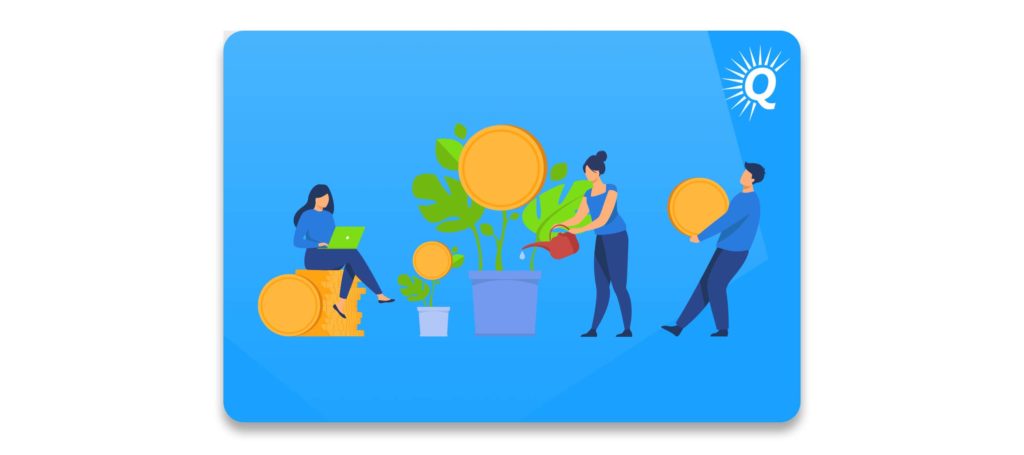

Subscription based businesses aren’t nearly as vulnerable to external platform disruptions. Even if a subscription SaaS business encounters a significant disruption in its marketing efforts, it will still have its existing customer case to provide consiste, reliable revenue. Its customer asset dramatically decreases the business’s risk exposure and increases its value.
Recurring Revenue Challenges
Although recurring revenue business models have enormous appeal for most entrepreneurs, there are also some considerable challenges that should be carefully considered.
As a business owner, some of the weaknesses you might encounter with a recurring revenue business include:
- Higher development costs.
- Pressure to continually improve your product or service.
- Lower profit margins.
- Some industries and products aren’t compatible with recurring revenue models.
It’s no surprise that SaaS businesses are among the most common of those that use a recurring revenue model. In software, it’s industry standard for SaaS businesses to charge their customers a monthly, quarterly, or annual fee in return for the services they offer.
High Development Costs
While software has many benefits, it also has its challenges. Typically, there are substantial development costs to create software that truly satisfies a critical need for a large group of customers. From backend development, to user interface design, to app integration, to SaaS metrics reporting, there are a vast variety of functions that customers expect from paid software.
Additionally, in order to validate a software idea, it’s often necessary to create a significant portion of the finished product (minimum viable product). Therefore, software founders often aren’t sure of how successful the company will be until significant development costs are incurred. This can substantially increase the start-up capital required to get a SaaS company off the ground.
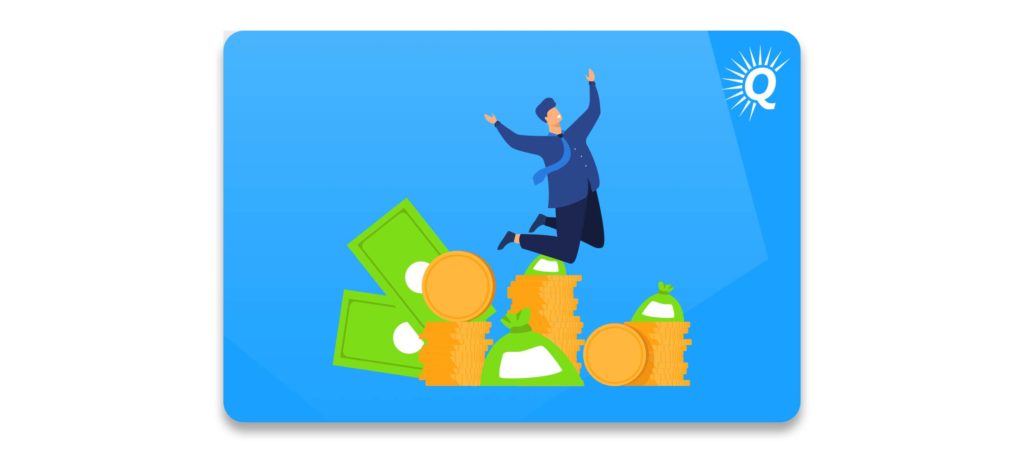

The challenges involved in starting a software company are also what makes it more defensible than other, less capital intensive business ventures.
Beyond software, there are many other businesses that rely on recurring revenue models that have their own, significant development costs involved.
Cell phone carriers are required to build behemoth networks of cell towers to provide reliable coverage for their users. Internet providers have complex networks of fiber-optic cables and other technology infrastructure to create and manage. Subscription content sites need to invest significant funds to create a vast collection of high-quality content before they acquire their first paid member.
Thinking of Selling Your Business?
Get a free, individually-tailored valuation and business-readiness assessment. Sell when you're ready. Not a minute before.
For owners who want to generate a quick ROI with minimal capital investment, there may not be a ton of opportunities to utilize a recurring revenue business model. For such entrepreneurs, it may be a wiser choice to start an Amazon business or Shopify store.
Demands for Continual Improvement
In addition to higher development costs, businesses with a recurring revenue model often face customers who expect continual improvement.
This is especially true for SaaS businesses that serve tech savvy users. In addition to fixing bugs and improving core functionality, most software providers need to continually adapt to the ever evolving landscape of programs, apps, and technology. To stay current, SaaS businesses are required to constantly integrate with new technologies that didn’t exist two months prior.
The pressure to continually improve is accompanied by ever mounting development costs. This is very different to what many eCommerce businesses experience that don’t have recurring revenue. For example, if you own a successful Amazon store that sells toy cars for children, there’s a pretty good chance that you’ll be able to sell the exact same product in five years from now.
The high costs associated with running a recurring revenue business leads to another ‘con’ for such companies: they often have lower profit margins.
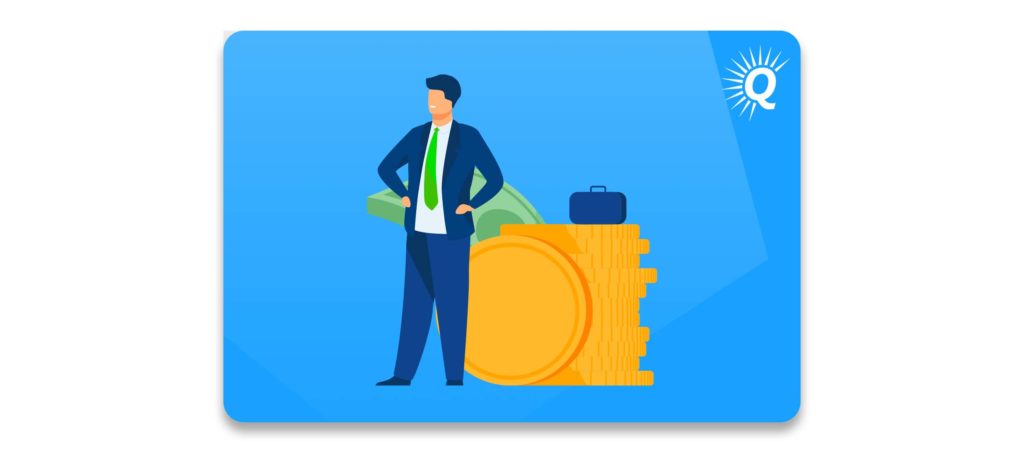

Thin Margins
Every business is different, but many subscription-based businesses run on a thin margin compared to other companies. Higher customer acquisition costs combined with ongoing product development costs can quickly eat into the bottom line.
As mentioned, businesses with recurring revenue are often valued at a higher multiple, so even though margins may be lower, a company’s value may be significantly higher than those without a subscription model. The reason is simple: businesses with recurring revenue are seen as less risky (one of the Four Pillars of Value). Therefore, many buyers look for recurring revenue when they’re seeking to choose website acquisitions.
Lastly, many industries simply aren’t ‘made’ for recurring revenue. In other words, certain markets won’t provide ongoing demand in the same way that others will.
SaaS companies are a typical beneficiary of subscription revenue. This is due to the fact that ongoing use of their products and services is inherent to their very nature.
For example, sales organizations typically require Customer Relationship Management (CRM) software each and every month. If you own a software company that provides CRM tools, it’s not difficult to convince your target customers that they need an ongoing SaaS subscription. Such organizations already expect to pay monthly or annual fees to use CRM tools.
Ecommerce
While some eCommerce businesses have become wildly successful by employing a recurring revenue model, it’s not quite as common. In many markets, customers simply don’t want or need products or services delivered to them on a regular, ongoing basis. Therefore, building a business around recurring revenue can be a challenge in some industries.
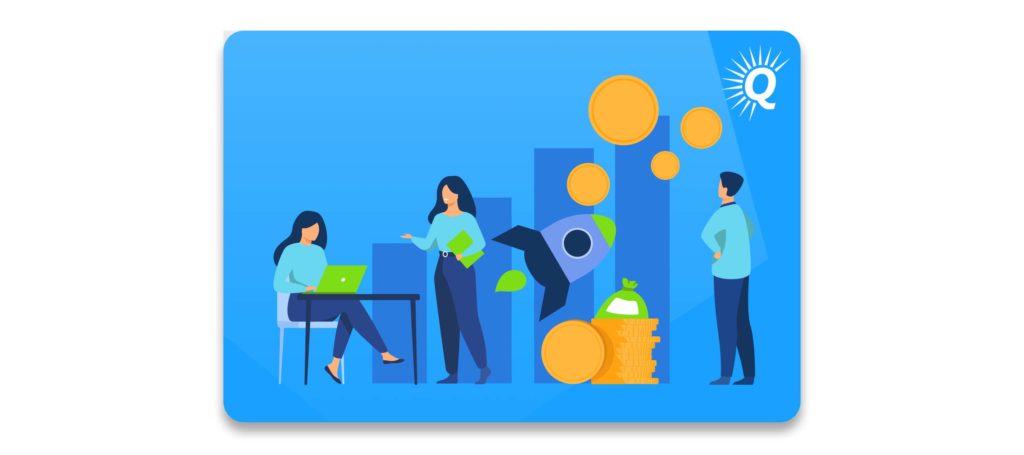

For example, if you run an eCommerce business that provides yoga products, it might be difficult to consistently deliver products to your target audience. The first month, you might be able to offer a high-quality yoga mat. The second month, maybe you can send them some blocks or a bolster.
By the third month, your customers may have realized that they don’t need any other yoga products and cancel their subscription. If this happens, it may be necessary to get a bit more creative. Are there any supplements that yoga practitioners love?
Similarly, if you sell vaping products, you might be able to attract customers with a special introductory offer or effective marketing. However, then the next question comes up: how long can you continue delivering value before your customers no longer need more of your products?
In the case of vaping, your customers may cancel once they realize that you’re sending more vaping oils than they need or more pens than they can actually use. While such products may sell well with customers intermittently, companies may find it challenging to keep their audience’s interest and stay relevant.
Recurring Revenue for eCommerce Businesses
While recurring revenue isn’t an inherent part of most eCommerce business, some physical product businesses are able to capitalize on opportunities to earn subscription customers.
One common strategy is called “subscribe and save.” As the term implies, this strategy rewards shoppers who become subscription customers by offering them a discount on each of their monthly orders.
Previously, we mentioned that some industries simply aren’t built for recurring revenue. Although it’s important to not rely on recurring revenue if your business model isn’t a good fit for subscription billing, there are still many eCommcerce markets in which business owners would be foolish to overlook such opportunities.
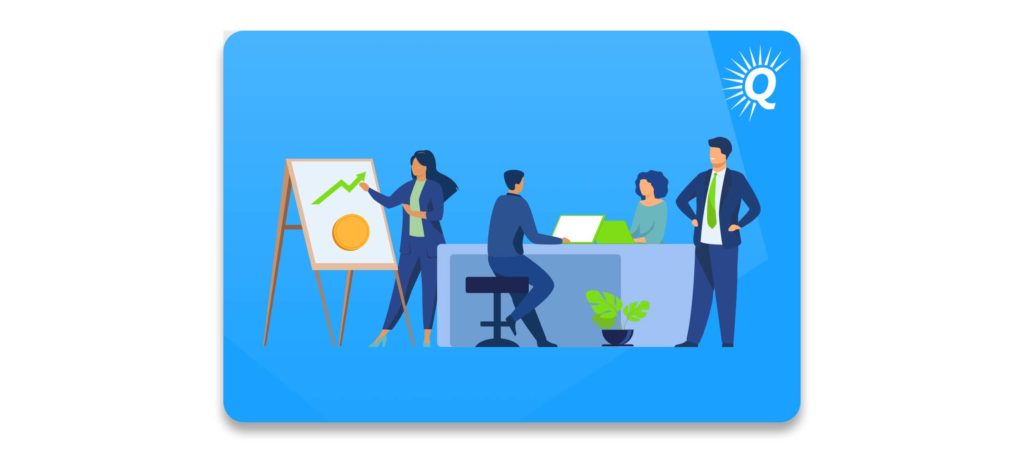

The pet supplies market is a classic example of one in which owners can dramatically increase their revenue through subscription offers. Grooming products and household items such as paper towels, toilet paper, and dish soap are a few additional markets in which eCommerce businesses can achieve recurring revenue.
Examples of recurring revenue
There are numerous examples of businesses that use recurring revenue models in everyday life.
For example, Spotify has become the primary way that many individuals consume music and podcasts. Of course, their services are provided on a subscription model.
Many B2B companies also rely on recurring revenue. CRM software providers are a great example of SaaS businesses that serve business customers. One of the most prominent of these is Salesforce—a cloud-based CRM software provider that has quickly evolved to deliver a variety of services focussed on marketing automation, customer service, application development, and analytics.
Constant user feedback and product improvement is no small part of the company’s quick rise to market dominance. With a year-over-year growth rate of around 29%, Salesforce is a master when it comes to maintaining a low churn rate and utilizing effective customer acquisition strategies.
Examples
Netflix is another prime example of a company that surpassed inconceivable hurdles with brilliant creativity and adaptive strength. Their recurring revenue secret has allowed them to transcend all industry expectations by pivoting their business model from a mail-order DVD provider to a world-leader in entertainment media and technology.
Not only did Netflix pick up on early signs of media distribution changes, but they also capitalized on an opportunity to become their own major production company. Neither pivots were conceivable before they took place, but together, they allowed the company to grow its recurring revenue into the billions.
While not every business is compatible with a subscription business model, it might be wise to explore whether you can integrate any recurring revenue streams before trying to sell your business since they can dramatically increase a company’s value.
How to create recurring revenue streams
To create recurring revenue streams requires mastering a few key elements within your business. Some of these include:
- Consistently and reliably provide value.
- Continually improve and adapt to market demands.
- Maintain a low churn rate.
In the previous sections, we covered many of the strategies that successful businesses use to provide value on an ongoing basis.
A significant part of consistently providing value is finding the right market fit. If you can identify a market that has a clear demand that needs to be filled each and every month, you’ll have a much easier time providing something that truly delivers value.



Again, software and apps are industries in which it is relatively straightforward to deliver ongoing value. If customers want to use your program or service each day, week, or month, then they’ll likely be willing to pay for a subscription.
Essentially, as a business owner, if you’re interested in creating a recurring revenue stream, then it’s important to find a way to consistently deliver real value to your target customers. It’s a simple yet effective strategy!
We also talked about the need to continually improve and adapt. Most successful software or app companies don’t just develop a product or service, sell subscriptions, and then sit back and enjoy effortless passive income. Rather, they’re in an ongoing race to improve, iterate, and integrate with the multitude of other technologies that are constantly emerging.
Metrics to Track
Additionally, businesses that successfully create and maintain recurring revenue streams are laser focused on a few key metrics, especially their churn rate.
In the context of customer or user retention (as opposed to employee retention), churn is the annual rate at which customers cancel their subscription and cease to provide a source of revenue.
In general, it’s much less expensive to keep an existing customer than it is to acquire a new one. Therefore, smart owners pay close attention to the wants and needs of their existing subscribers in order to keep them happy and experience less problems in their business.
Maintaining a low churn rate is the result of succeeding in the previous two areas: delivering consistent value and constantly improving and adapting to the market’s demand.
In order to be aware of what the market demands, savvy owners are constantly seeking feedback and validation from customers. Split testing, user metrics, surveys, and customer support data feedback are a few of the ways that entrepreneurs understand their customers. When businesses can effectively respond to such feedback, they can often avert cancellations and enjoy the substantial benefits of having a low churn rate.
For additional strategies and techniques for creating a subscription business, consider checking out The Automatic Customer.
Buy a Profitable Online Business
Outsmart the startup game and check out our listings. You can request a summary on any business without any further obligation.





